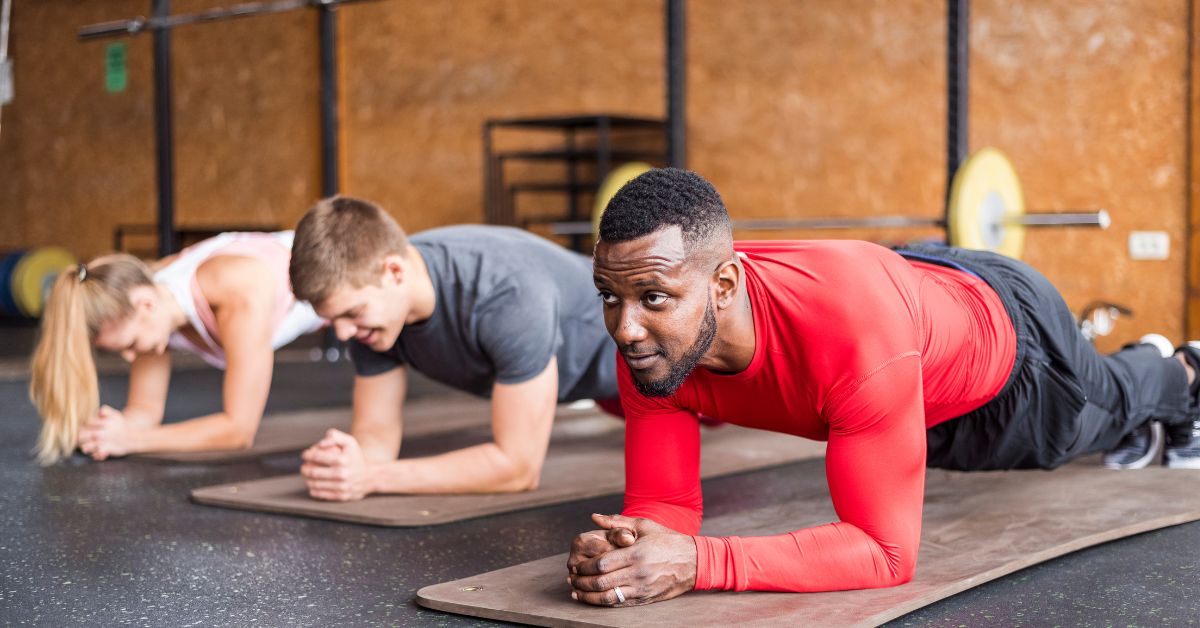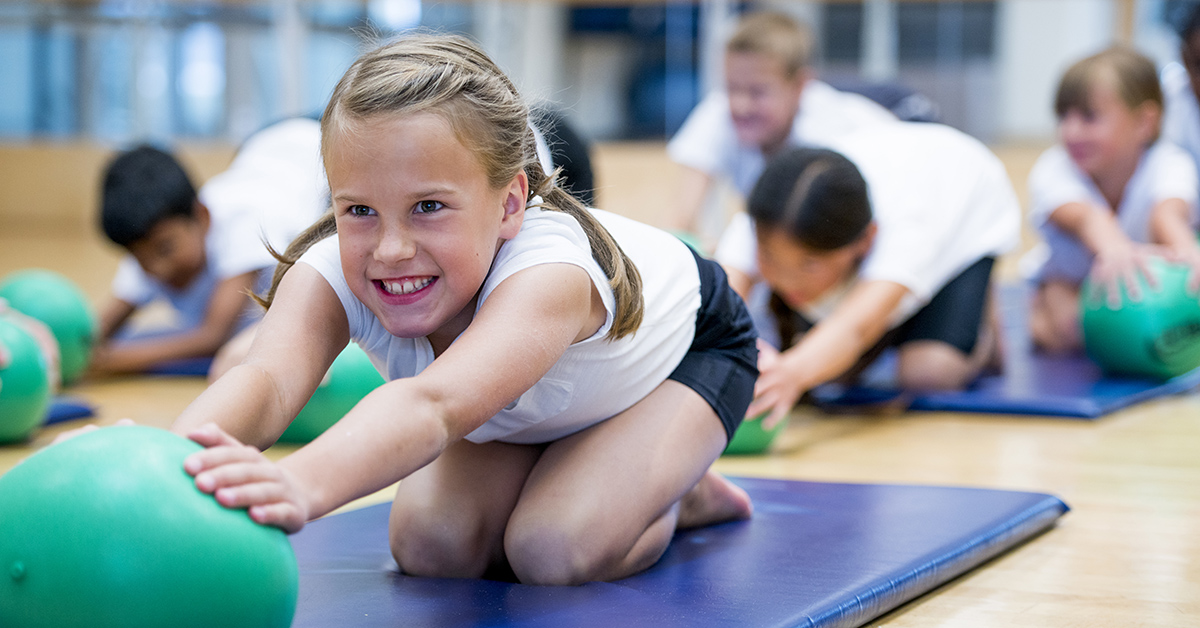Exercising in colder weather can be tricky.
“Exercising in the colder months requires more attention to injury prevention,” Paul Caldwell, MD, FAANA, arthroscopy and sports medicine at Bon Secours – Tuckahoe Orthopedics, shares. “Warming up before and stretching after exercise is very important to keep your body injury-free.”
But what if you don’t want to brave the cold to get a workout in? Fortunately, there are many indoor exercise options for getting your body moving and burning calories. Here are some of the best ones you can do right in your own home.
First, get started with an indoor workout equipment inventory.
You can do some workouts at home with no equipment. Examples include running in place, dancing and walking up and down stairs. However, when you have workout equipment on hand, you have more options for your training.
Consider purchasing the following:
- Dumbbells
- Kettlebells
- Resistance bands
- Rowing machine
- Stationary bike
- Suspension trainer
- Treadmill
- Workout bench
- Yoga mat
When buying equipment to use at home, choose pieces you’ll actually use. Otherwise, you’re spending money for something that may become an expensive door stopper or laundry basket.
Indoor cycling workouts
Cycling workouts can be as simple as doing Tabata intervals or sprints on a stationary bike. Both of these workouts start with a 10-minute warm-up.
- 40/20 Tabata workout: Alternate between sets of 40 seconds of cycling with 20-second recovery periods at a lower intensity. Repeat five times with five minutes of recovery time between each set. Finish with an easy 10-minute ride to cool down.
- Sprints: Sprint for 15 seconds, followed by a slower ride for two minutes and 45 seconds. Repeat four times, with a five-minute recovery period between sets. Finish with a 10-minute cooldown.
Not only will these interval workouts give you a good cardio workout, but they also build muscle and endurance.
Indoor running workouts
Finding indoor workouts for runners can be challenging. Of course, if you have a treadmill at home, you could hop on and log some miles at varying inclines.
Or, you can try a HIIT workout like this:
- Five minutes of walking at a comfortable pace
- One minute of long running strides
- Three minutes of walking at a 5 percent incline
- One minute of long running strides
- Three minutes of walking at an 8 percent incline
- One minute of long running strides
- Cool down by walking for five minutes at 1 percent incline
And if you don’t have a treadmill, try one of these indoor running workouts:
- Form drills: Warm up by jogging in place for five minutes and doing 10 walking lunges per leg. Then go through this circuit three to five times, allowing 20 seconds of exercise and 90 seconds of rest for each of the following: butt kicks, high knees, 100-up jumps and running in place. End the workout with five minutes of slow jogging.
- Plyometric drills: Warm up with a series of hip circles, walking lunges, butt kicks and leg swings. Complete this circuit with 20 seconds of activity followed by two minutes of rest: toe taps, lateral hops over a low step or box, medicine ball jumps, squat jumps and single-leg hops.
Another option is to try stair sprints on your house or building stairs for a heart-pumping workout.
Indoor workouts for beginners
If you’re new to working out, consider these indoor workouts with no equipment required.
- Mall walking: Go to an indoor shopping mall and walk laps around the perimeter of the building. You can walk at the pace that feels best to you.
- Exercise apps: You can find plenty of apps with indoor workouts designed for beginners. Yoga is a great one to start with.
- Dancing: Put in some earbuds or crank up the radio with your favorite music. Then dance around your house to have some fun and burn some calories.
Before starting any new exercise routine or program, talking to your primary care provider first is important. They can address any concerns and help you monitor your progress along the way.
Learn about the orthopedic and sports medicine services we offer at Bon Secours.





